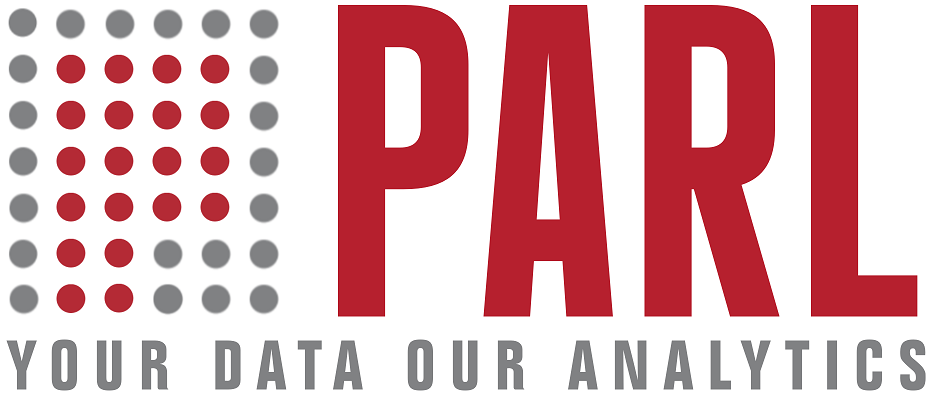Eviews
Efficiently manage your data, perform econometric and statistical analysis, generate forecasts or model simulations, with high-quality graphs and tables for publications.

Eviews

Innovative product for econometric analysis, forecasting & simulation.
Product Overview
Why EViews software?
EViews offers financial institutions, corporations, government agencies, and academics access to powerful statistical, time series, forecasting, and modeling tools through an innovative, easy-to-use object-oriented interface.
EViews offers a extensive array of powerful features for data handling, statistics and econometric analysis, forecasting and simulation, data presentation, and programming.
Benefits
Intuitive Interface
Having been designed from the ground up to take advantage of modern Windows operating systems, most users can master the interface within minutes of first being introduced.
Seamless Integration
Integrates seamlessly with other Windows products: From opening and saving a large range of different file formats, it supports standard Windows technologies such as copy-and-pasting, object linking and embedding, and ODBC connections.
Programmable
Although EViews’ core design features a mouse-driven user interface, it also offers extensive programming and command language. All actions can be scripted to automate repetitive tasks or to keep a record of your work.
Special Offer Packages Available
Connect with our solutions team and get premium service and special offers tailored to your needs at no additional cost
Schedule a demo
Schedule a test drive
Discover how you can uncover data insights that solve business and research problems.
